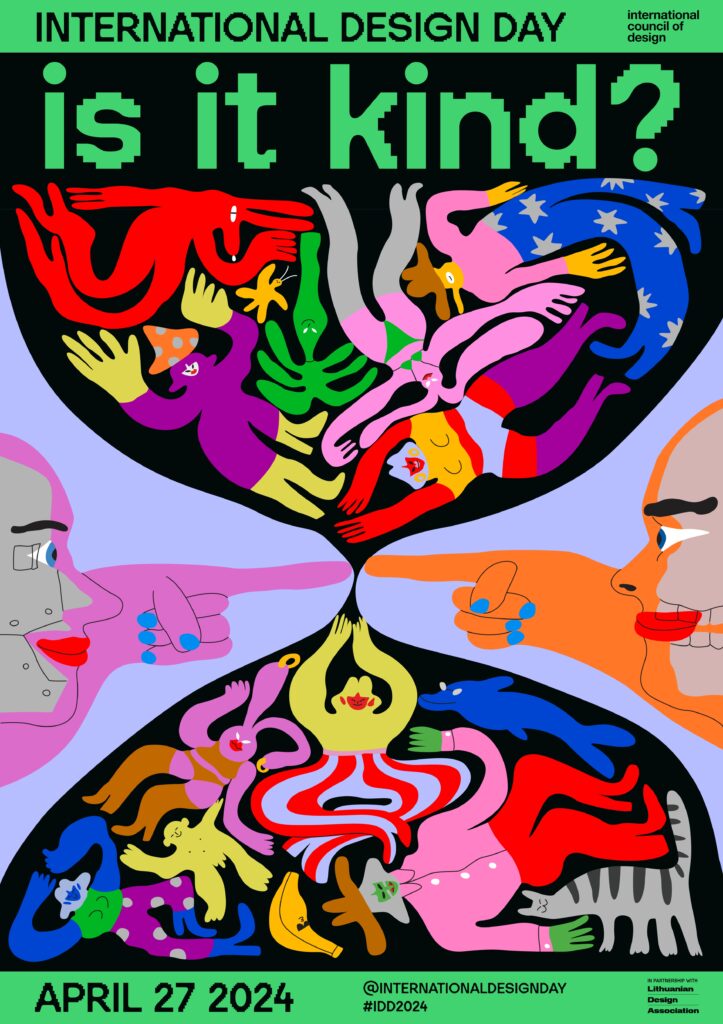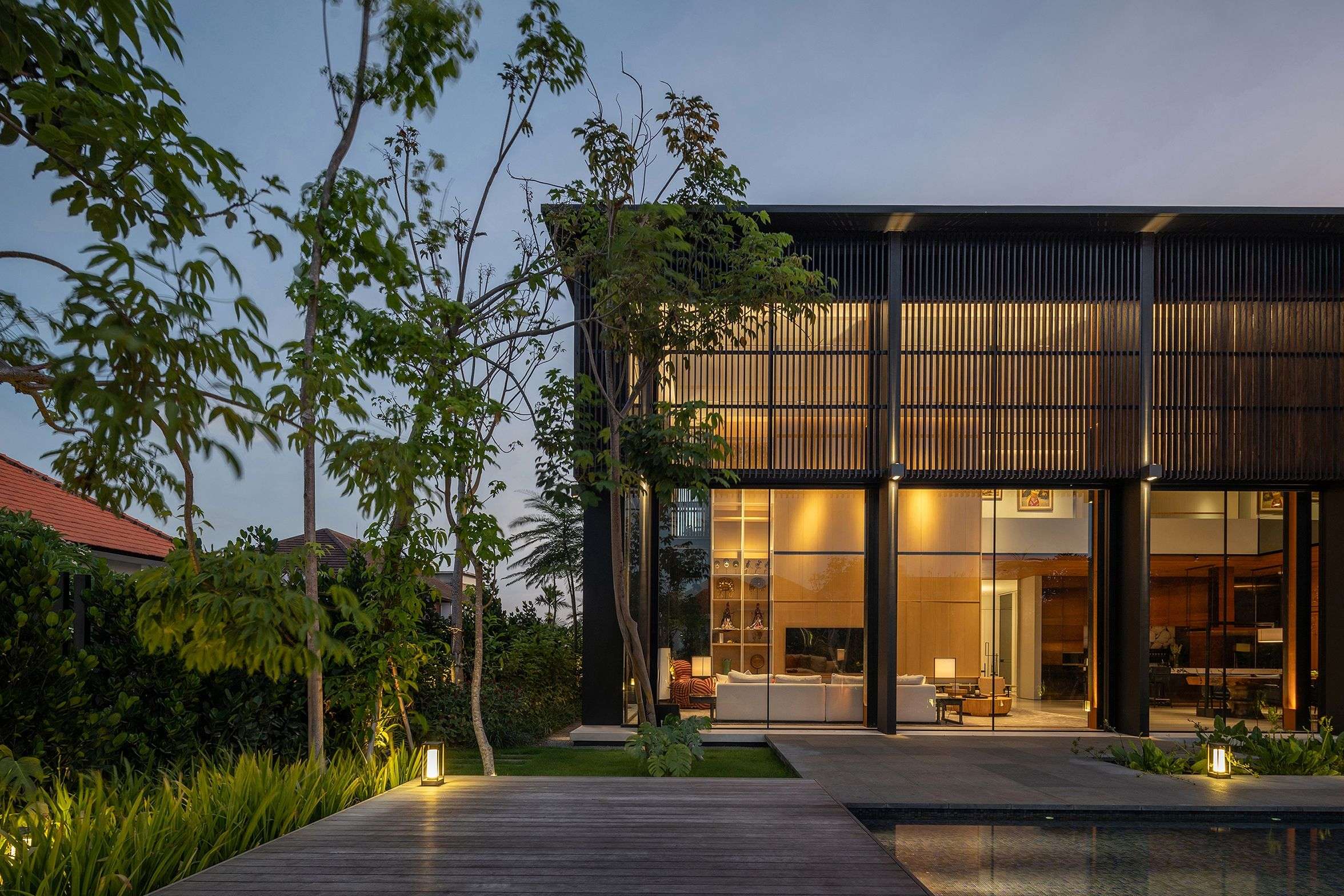Celebrated since 1995, International Design Day commemorates the founding of the Council on 27 April 1963. Until 2020, this event was celebrated as World Design Day. This is a day to recognise the value of design and its capacity to effect change. We challenge ourselves, the design community, to look beyond aesthetics and functionality. It’s time to consider the well-being of people and the environment in everything we create.
2024’s Theme: Is it Kind?
This year, the theme “is it kind?” asks a profound question. It pushes us to re-evaluate how we measure design success. What if the measure of design was how well it cared for people and their relationships rather than how profitable it was? The International Design Day theme for 2024 is about building kindness into design practice.
Introducing the Kindness Standard
Developing a metric for kindness and building kindness into design practice means:
Reconfiguring the value and metrics of design.
If your sole metric is profit and your creations compromise people’s well-being, then this design lacks true value. Instead, why not devise a metric for design that assesses the quality of relationships and ethical considerations it fosters?
The level and quality of care infused into design shif the economic focus from maximizing profit to addressing pressing questions of fairness:
Who is being considered and who is left out? Whose future will be affected, and how? How much harmony does this design generate now and in future? What kind of world does this design uphold/imagine anew?
It is not enough to simply meet the criteria for not being ‘bad’; we should aim to create a world where the purpose of design is to be kind, generous, and caring. This can be achieved by setting standards that surpass regulatory requirements, infusing wonder and beauty into the user experience, and demonstrating care not only for consumers but also for all those in the value chain impacted by the design.
What if designing with care and compassion is exciting, meaningful and desirable?
Defining Kind Design
So how do we build kindness into our design practice? Here are some key principles:
- Centering Humanity: Kind design prioritizes the good of users, those affected by it, and society as a whole.
- Building Plurality: Kind design is participatory, socially oriented, and open-ended. Designers act as facilitators, embracing ethnographic, participatory and collaborative practices to intersect.
- “Being in Good Relation”: This concept, introduced by Dakota scholar Kim Tallbear (2019), emphasizes the interconnectedness of all living things. Kind design acknowledges these relationships and their impact.
- A Duty of Care: Inspired by the legal concept, kind design reflects a commitment to avoid careless acts that cause harm, both now and in the future.

A Call to Action
Designing with kindness challenges current systems and the profit-driven model. It’s about creating new possibilities, fostering ethical relationships, and establishing a new metric for success. One that ensures a future that is not just viable, but kind, equitable, and sustainable.
This year’s theme for ICoD International Design Day (IDD 2024) is in honour of the legacy of the humanitarian designer Rob L. Peters, who once said, “What if we all decided to be a little kinder than necessary? What a gift to pass on.” Activities for this year will be led by ICoD Member Lithuanian Design Association (LDA).










